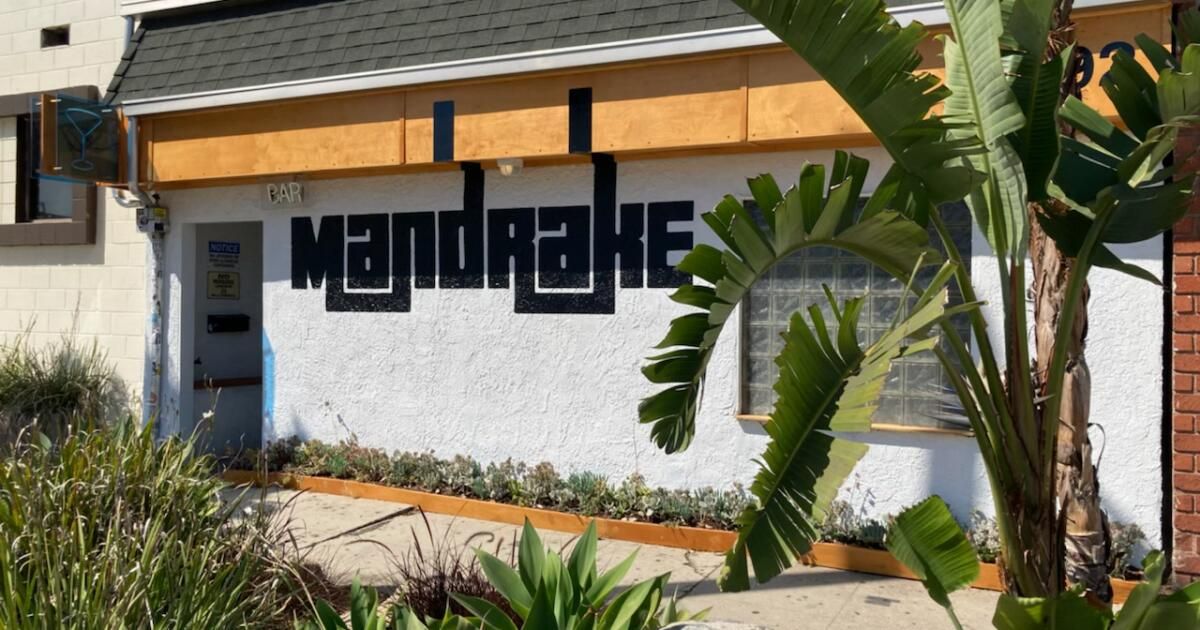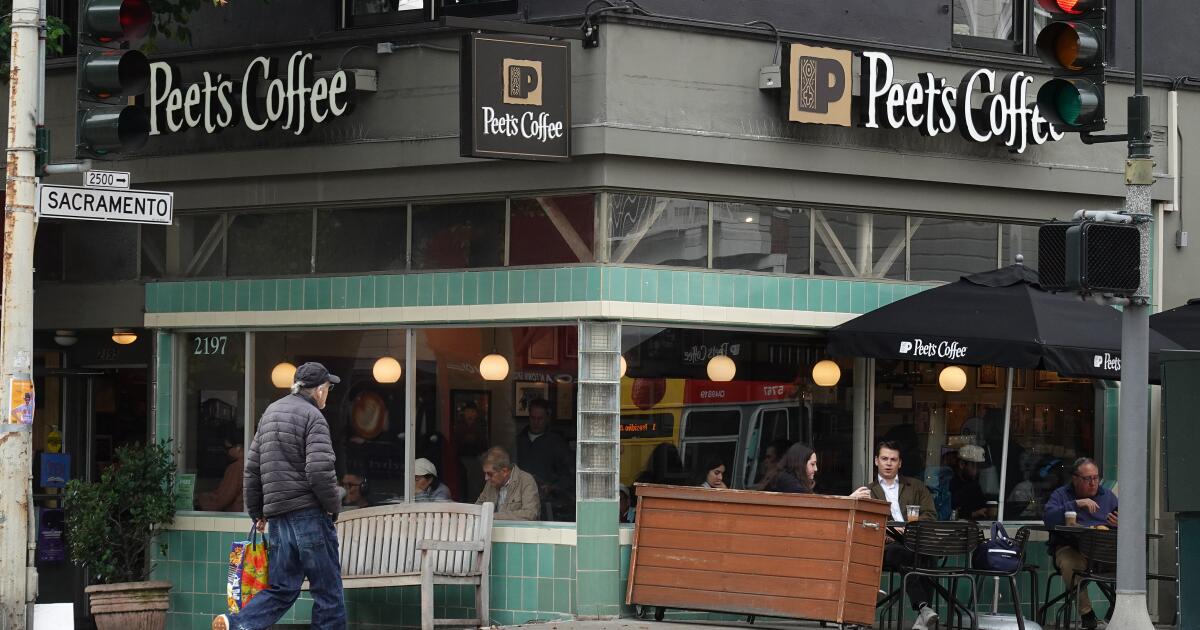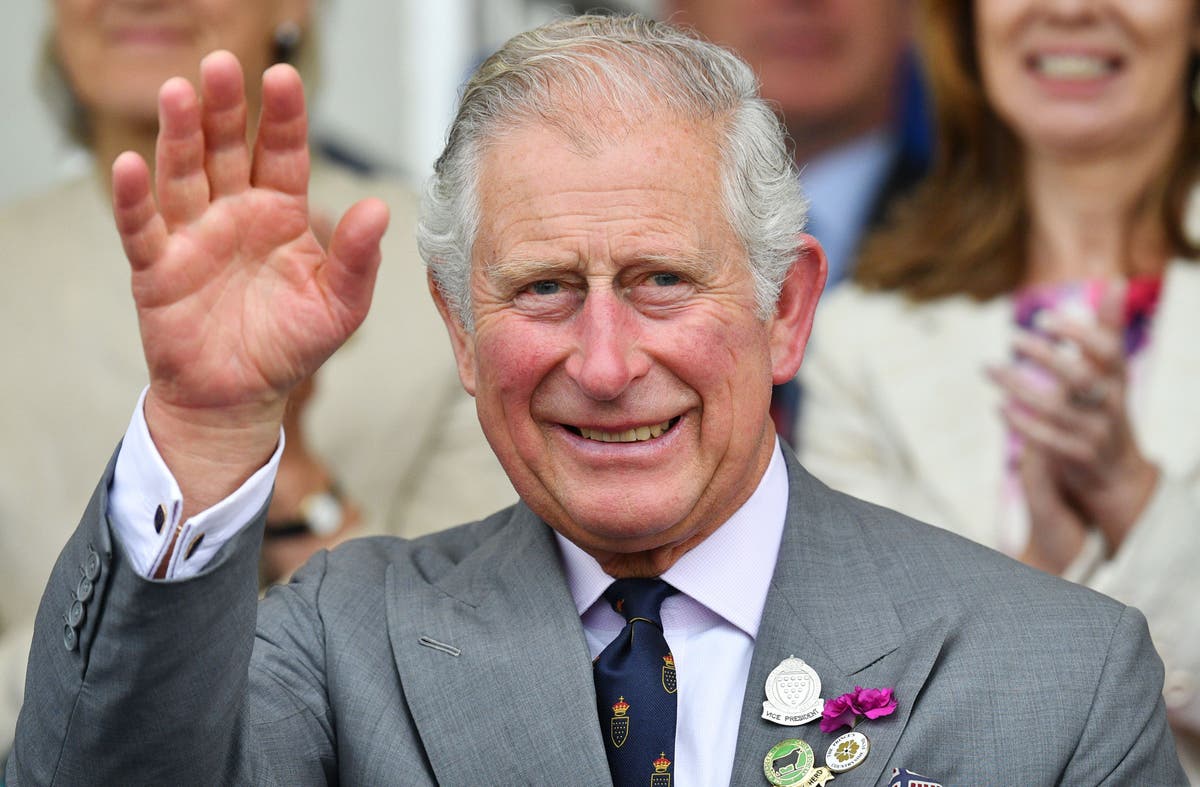On a busy section of La Cienega Boulevard on the edge of Culver City, bordering Pico-Robertson and Mid-City, it's easy to miss Mandrake. The bar is hidden between nondescript art galleries and auto repair shops, with a flashing white neon martini-shaped sign guiding you to its narrow entrance.
Opened by Flora Wiegmann, Drew Heitzler and Justin Beal in 2006, the speakeasy was transformed into a thriving hub for local artists. With creative programming such as readings, video installations and art exhibits, and an eccentric aesthetic including handcrafted cabinets, original art and lacquered tree-ring tables, Mandrake helped solidify the burgeoning Culver Arts District City as a destination.
After 18 years of service, Mandrake Bar announced Monday via Instagram its plans to close to make way for a new bar concept set to open in April. Its last day of activity will be March 16.
“The end of an era,” the Instagram post began. “We are proud of the reputation Mandrake was able to build and maintain over the years, as well as the community he was able to generate. Everything has a time and a place and Mandrake will be fondly remembered for occupying her time and her place perfectly.”
Past patrons of the bar echoed the sentiment in the comments section, celebrating Mandrake as “one of the least pretentious bars with the best drinks” and recalling “core memories from past lives.”
Wiegmann, who spoke to The Times by phone, cited major life changes as the decision that prompted the bar's closure. Since the pandemic, he has been working remotely from the small unincorporated town of Lopez Island in Washington state. Beal moved to New York and Heitzler is a new father.
All three were practicing artists when they opened the bar in 2006. Wiegmann and Heitzler, who have backgrounds in dance and visual arts, respectively, had been running an art gallery in an apartment just behind the bar on Comey Avenue. Beal, a visual artist with a degree in architecture, worked with Heitzler as an art manager. After seeing the bar space empty in La Cienega for more than a year, they decided to partner to take over the lease.
Find a selection of framed art in Mandrake's entryway.
(Justin Beal)
Wiegmann had spent years working in restaurants and bars, as it offered him the flexibility to take dance classes and acting, and he also had management experience from time spent in New York. Heitzler had briefly worked at CBGB, the now-closed iconic New York City punk bar.
“We had all these skills that really came together and allowed us to create a space that was a combination of everything we all did,” Wiegmann says.
The three had put down roots in the neighborhood but didn't have the funds to open the bar on their own. In addition to enlisting support from family members, they found several investors from the local arts community, including Tim Blum of Blum Gallery, just across the street.
Blum told The Times: “Certainly the closing of Mandrake marks another transition in a year of transitions. Mandrake was a central force during a very specific time in the Los Angeles art scene for which we will be eternally grateful. The influence he had was incalculable. Anecdotally, the naming of the bar was a monumental contest in the art world. Curator Ann Goldstein, formerly of the Museum of Contemporary Art and now at the Art Institute of Chicago, came up with the name.”
In its early years, Mandrake operated almost like a gallery, with the room between the front bar and the outdoor patio hosting rotating art exhibits. As the bar became more popular, the artwork became damaged and programming focused on book launches, film screenings and DJ sets.
Wiegmann, Heitzler and Beal also took care to hire artists from their community.
“For me, it gave me a clearer idea of what an artist's journey can entail,” says GL Askew II, a photographer and filmmaker who bartended at Mandrake for five years. He says he never felt pressured to choose between his work and his art, and that it was a rare space where staff could be open about what they did in their free time. The position also introduced him to key players in the Los Angeles art world.
Mandrake didn't just elevate renowned artists. Yohan Serrant had practically no experience as a DJ when he approached the bar with the idea of doing a residency. After a successful opening night, Bashment Boogie was born, an evening dedicated to African and Caribbean music. The residency was held every third Saturday night for two years.
“We've always been wrong about giving people autonomy and letting them guide where the bar is going,” Wiegmann says.
As Culver City Arts District galleries gradually dispersed to different neighborhoods, Mandrake found a new audience among nearby post-production and technology workers. Wiegmann describes 2019 as the bar's “best year ever,” with crowds lasting from after-work happy hour to late into the night.
During the pandemic closures, the bar transitioned to a general store model. The three partners reached out to old art contacts and stocked the space with everything from records sold through a company owned by one of their bartenders to pottery, plants and bar kits. They used the hiatus to reinvent the bar's design and installed personal artwork that is still on display, including a Beal lamp.
But Mandrake never fully recovered after its reopening. “The drinking culture has changed,” says Wiegmann. With so many people working from home, the once-bustling happy hour stalled.
“Honestly, I don't think we had any more transformations left,” says Wiegmann. She references the bar's legacy as a former gay leather joint and Irish pub, saying, “There's a history of this building that carries forward, and it's about time we realized that someone else can take it on and someone the more you can do something new. .”
Shin Irvin, owner of Shin's Pizza in Cypress Park, and Ben Rojo, who managed several bars in New York City, will take over the building's lease. According to Wiegmann, they are both long-time Mandrake fans and have no plans to change their sense of comfort. The bar concept will be called No Smoking and will open in April. He is hopeful the new bar will retain most of the existing staff.
On the first Tuesday since announcing its closure, Mandrake was drawing happy hour crowds that spilled into the front bar, lounge and bougainvillea-filled patio. Working alone, waitress Rose Finn at first couldn't say for sure if she was busier than usual. “Everything here is very random,” she says.
At 9:30 pm, a second waiter arrived to help Finn. The din of conflicting conversations obscured an R&B soundtrack playing softly in the background. Finn walked back his statement, saying, “I think people saw that the bar was closing and wanted to experience it one last time.”
Mandrake is open Tuesday through Saturday through March 16, with a daily happy hour from 5 to 8 p.m.












